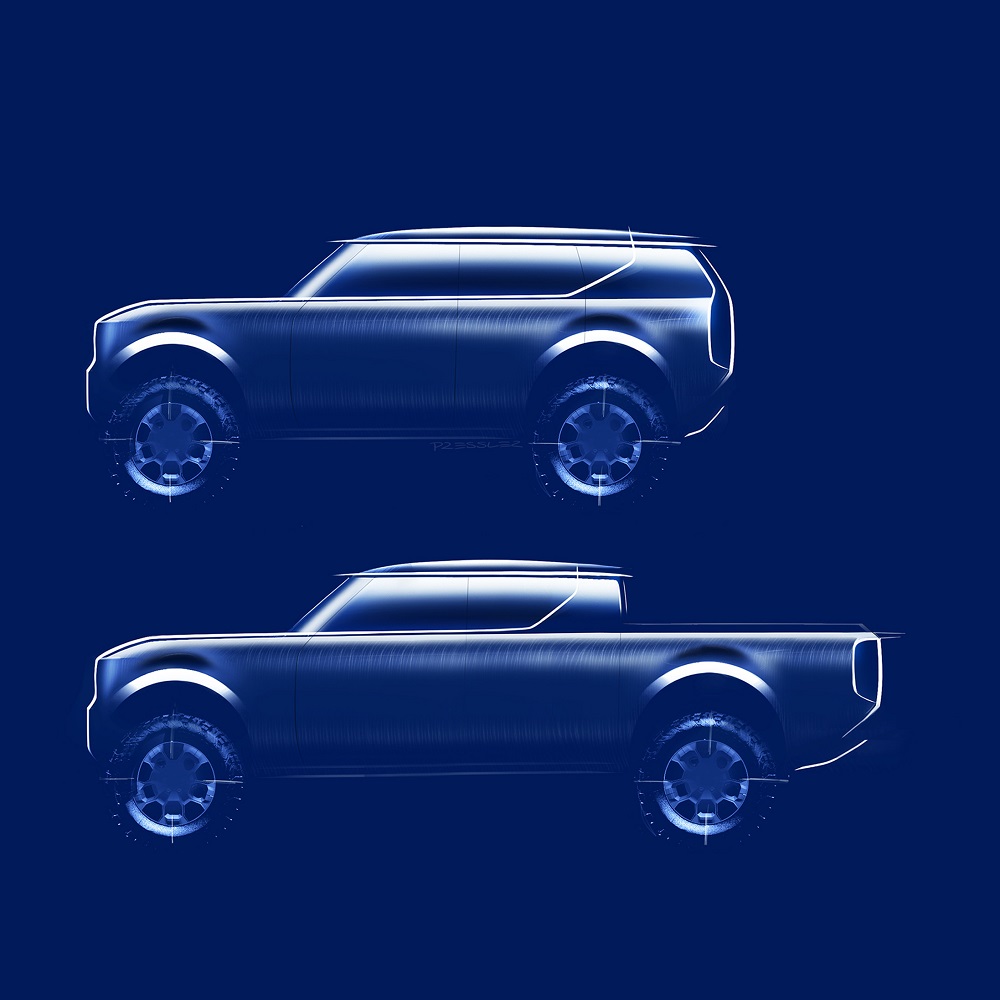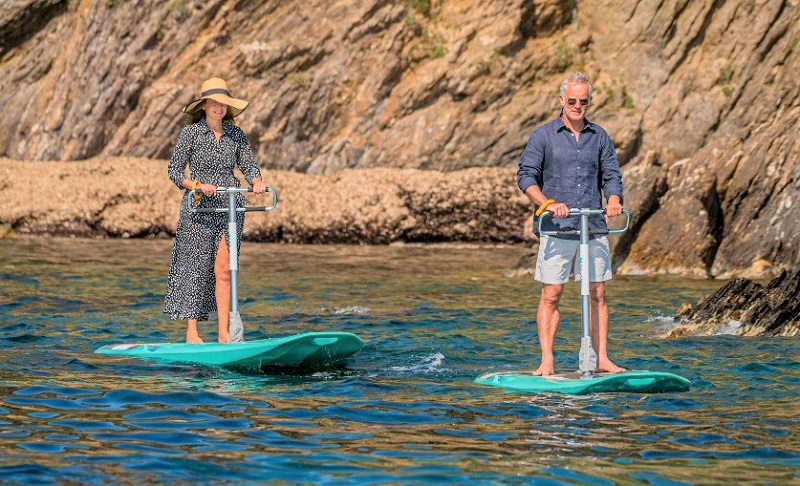MUMBAI, Dec 13 — Harley-Davidson Inc., the maker of the Fatboy and Road King touring motorcycles, is introducing a slimmer vision of hog heaven in India.
Harley will start building the new Street next year in India, the world’s second-biggest motorbike market, targeting young urbanites who want a nimbler ride more suited to Mumbai gridlock and potholes than US highways. With 750-cc and 500-cc variants, the liquid-cooled Street will be the smallest in a lineup that includes the 1.5 million-rupee (RM52, 093), 1,688-cc Fatboy — and will cost about one-third as much.
India, where sales of bikes 500-cc and above are forecast to surge eightfold in the next decade, is key to Harley’s push to win over emerging markets and reduce dependence on US consumers, who still buy more than half its global output. The Milwaukee-based company expects to sell as many as 10,000 of the new model globally in 2014, according to Anoop Prakash, managing director for India.
“A lot of those customers in Asia and Latin America wanted to be with Harley, but they wanted something that was more suited for the urban environment,” Prakash, who rides a Fatboy, said in a November 28 interview in Gurgaon, near New Delhi. “India has the combination of a young aspirational population, growing middle class and great leisure motorcycling history.”
Harley competes in the country with Hinckley, U.K.-based Triumph Motorcycle Pvt. and India’s Royal Enfield, the World War II-era make owned by stars including Brad Pitt.
Emerging markets
Harley has sold more than 4,000 motorcycles in India since opening its first outlet in 2010, Prakash says. The motorcycle maker has 12 dealerships there and plans to open at least three more outlets next year, he said. The motorcycle maker derived 25 per cent of revenue outside the US in 2006 and forecasts 40 per cent of sales to come from international markets next year.
Globally, motorcycle deliveries may rise as much as 6.5 per cent this year to 264,000, the company said in October.
Harley has risen 40 per cent this year to US$68.23 in New York trading, close to the record of US$70.47 in December 2006 and outpacing the 24 per cent gain in the Standard & Poor’s 500 Index.
India, Asia’s third-largest economy, saw sales of more than 13 million two-wheelers last year, most of them in the 100-cc segment. By introducing the Street, Harley is banking on attracting car owners looking for their first motorcycle purchase and who are likely to make repeat purchases over a lifetime, the company said in a November 6 filing.
New buyers
“The only way for Harley to expand is to come lower down the market to attract more customers,” said Deepesh Rathore, director of New Delhi-based Emerging Markets Automotive Advisors.”The Street will bring the volumes for Harley, so this is the most important model for Harley and it should singlehandedly change the market for Harley.”
The Street will come up against keen competition in the 500,000-rupee segment.
Potential buyers like Samik Basu have a lot of choice, from Royal Enfield’s Bullet Classic 500, which starts at about 156,000 rupees, to Triumph’s 865cc Bonneville that goes for 570,000 rupees.
“I just started riding, and I was looking at customizing a Bullet,” said Basu, 27, who drives a three-year-old Toyota Prius. “But if Harley prices the Street at a good price, I’ll definitely get it. Along with the bike, you also get the experience of riding with a group.”
Hog Lite?
To be sure, by targeting younger, middle-class urban dwellers in emerging markets with lighter bikes, Harley runs the risks of diverting sales of its bigger, more profitable models.
Tusharr Kumar, 28, who works in marketing in Mumbai, is a Harley owner considering trading in his Iron 883 for the Street.
“I ride the Iron 883, and the Street fixes the two biggest problems on the Iron,” said Kumar, a front-row rugby forward in his college days. “The first is the ground clearance issue and the second is the heat. With the Street, Harley’s listened to those complaints.”
Harley’s first new motorcycle platform in 13 years, the Street will be available in the US, Italy, Spain, Portugal and India in the second quarter of 2014. The company plans to build the Street in Kansas City for US buyers and in Bawal, India, for some international markets. Harley manufactures the rest of its bikes in the US and has facilities in India and Brazil that assemble motorcycles from US-made kits.
The company has taken pains to emphasize that even though the Street is small, it’s still every ounce a Harley.
Rebel yell
The Street will still feature the characteristic deep engine rumble that announces the arrival of a Harley rider, according to the company. The new model will also have suspension tuned for the “roughest urban roads” and its design will scream “pure rebellion,” the company said on its website.
At stake is Harley’s rebel image, honed through decades and popularized by the Hell’s Angels motorcycle gang and classic movies including the “The Wild One” (1953), starring Marlon Brando and “Easy Rider” (1969) featuring Peter Fonda, Dennis Hopper and Jack Nicholson.
The Street should “do very well in India and the Asian markets, given its size and stature and the nature of motorcycling in those markets, which tends to be about smaller bikes,” Matt Levatich, president and chief operating officer of the Harley-Davidson Motor unit, said in an interview. “And it gives us a nice bridge to the rest of our products.” — Bloomberg






















